Acute urinary retention is a pathology in which a person cannot urinate, although there is urine in the bladder. It is often full and distended with urine. This situation arises suddenly. This condition is also called ishuriya. Sometimes confused with anuria. But anuria is a pathology in which a person cannot pee due to the fact that urine is simply not excreted by the kidneys and is not in the bladder.
Symptoms
The person cannot urinate, while the urge is present. Due to this, overflow and overstretching of the bladder occurs and there are acute pains in the suprapubic region, which are given to the perineum and rectum. Sometimes the pain can become spastic. With a general examination of the abdomen, a visible protrusion in the lower abdomen in the suprapubic region is determined. On palpation of the abdomen, a dense enlarged bladder is determined; unpleasant sensations may occur when it is felt.
Sometimes urine can be excreted, but in a little, a few drops. This does not alleviate the person's condition. This condition is called paradoxical ishuria.
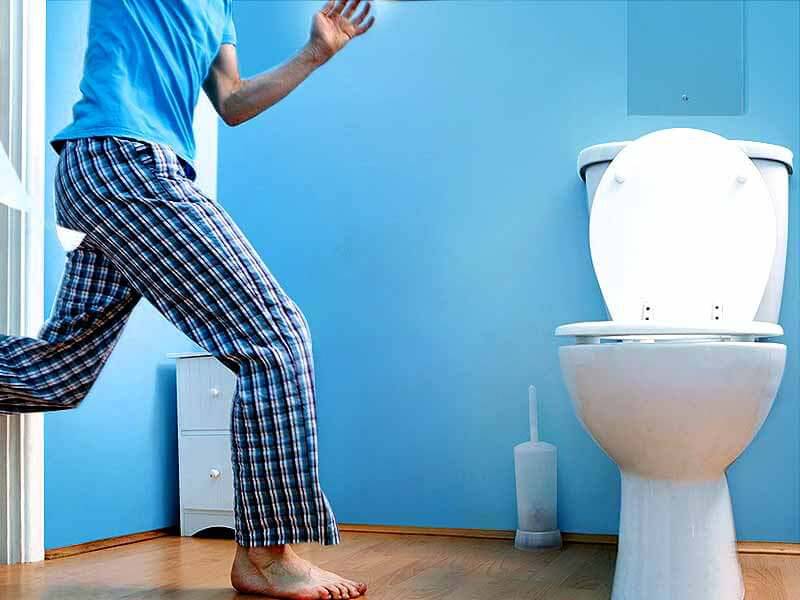
Causes
- Mechanical - conditions in which there is a violation of the waste of urine from the urinary. For example, prostate adenoma, trauma, stricture, urethral stone, neoplasm of the urethra and rectum.
- Causes associated with diseases of the nervous system are demyelinating diseases, neoplasms of the brain and spinal cord.
- The reasons associated with reflex disturbance - that is, in the postoperative period, after psycho-emotional overstrain, with alcohol intoxication, in bedridden patients.
The most common cause of reflex ischuria is alcohol intoxication. In this case, prostate edema occurs, which clogs the prostatic part of the urethra.
- Violation of urine excretion against the background of chronic ischuria. Chronic urinary retention - a person can urinate on his own, but after the act of urination, some amount of urine remains in the urine. This is verified by catheterization after the act of urination. Adenoma of the prostate often causes this situation.
- Reasons associated with an overdose of certain medications, such as sleeping pills, narcotic analgesics.
Of all the causes, acute urinary retention in men is most often caused by a condition such as adenoma.
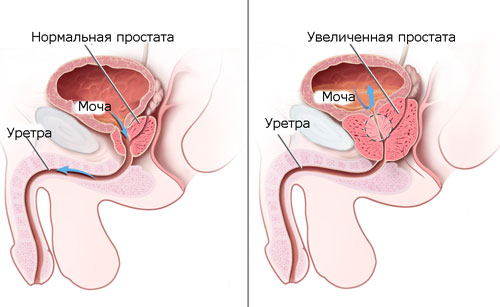
Acute urinary retention in women is most often associated with a tumor of the uterus, or trauma to the urethra or kidney stones.
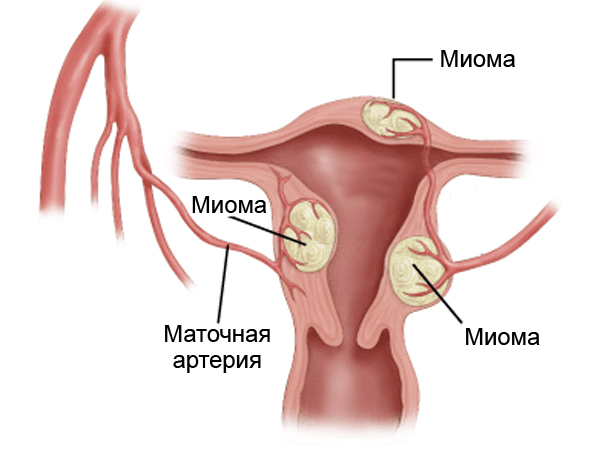
The child may also have a problem with urine flow. In a child, this pathology occurs with long patience and the inability to go to the toilet on time. After this, reflex ischuria occurs. Also, in a child, a violation of urination may occur due to abnormalities of the urethra. The symptoms of this pathology in a child are manifested in the same way as in adults.
In pregnant women, urinary disorders also occur. Symptoms are the same as in adults and children. The reason is psycho-emotional stress after delivery.
Related Videos
Diagnostics of the acute urinary retention
The doctor begins diagnostic measures by interviewing a patient who complains of the inability to empty himself, pain in the suprapubic region, which radiate to the perineum and rectum. Next, you need to find out whether a person had such symptoms before and what caused them, what medical measures were taken to relieve the condition. You also need to decide whether a person has diseases that could provoke a violation of urination (prostate diseases in men, uterine diseases in women, kidney diseases, ureters, urethra). Or there were some other reasons with which the patient associates ishuria (taking alcohol, medications, psycho-emotional overstrain).
Then the doctor begins to conduct an examination - on palpation, a dense, enlarged bladder is determined. If this is not the case, most likely, it is not ishuria, but anuria.
Laboratory diagnostics: - complete blood count: characterized by leukocytosis, accelerated ESR.
- : signs of inflammation - leukocyturia, erythrocyturia.
- biochemical blood test: an increase in the level of creatinine, urea.
- determination of PSA (prostate-specific antigen) for men: an increase in its level indicates a disease of the prostate gland - either prostate adenoma, or prostatitis.
- ultrasound examination of the urinary system: displays the size and condition of the kidneys, ureters, bladder.
- ultrasound examination of the prostate for men: displays the structure, size of the prostate gland.
- ultrasound examination of the pelvic organs for women: to obtain information about the size and condition of the uterus.
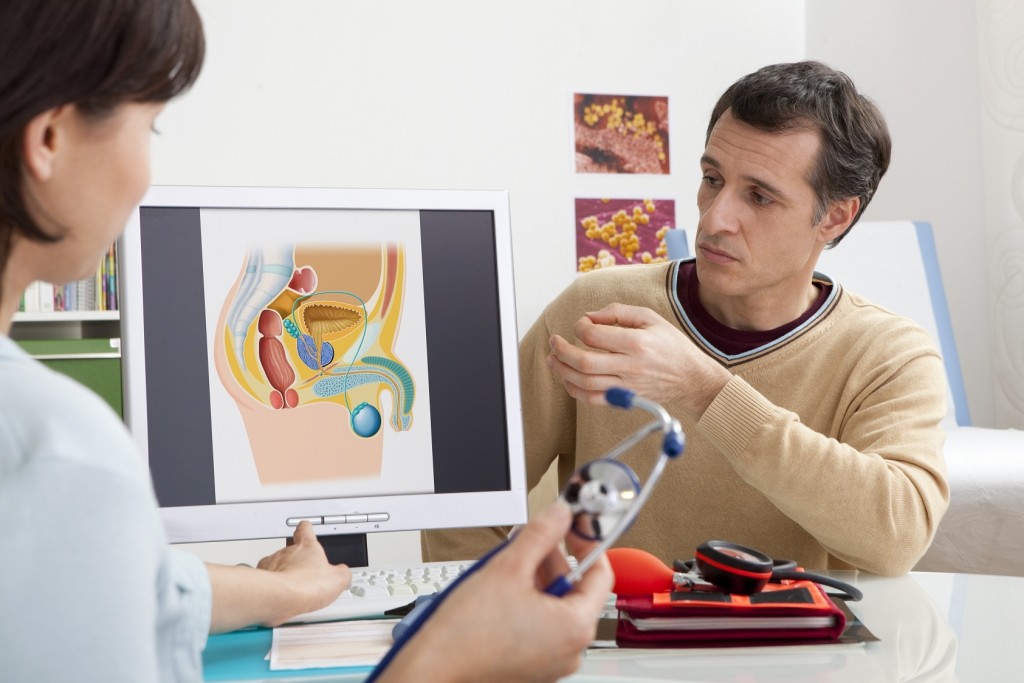
Treatment of acute urinary retention
After the doctor has determined that the patient's symptoms indicate a violation of urinary excretion, it is necessary to begin therapeutic measures. Since ischuria is an acute condition and can cause rupture of the bladder and urinary tract, treatment should be started immediately. There are several ways to make the symptoms of ischuria go away:
- Introduction of a catheter into the bladder. There are two types of catheters: rubber and iron. Iron catheters should be installed exclusively by urologists, but rubber disposable ones can be installed by any doctor or nurse. The main thing is that all the rules for introducing the catheter into the bladder are followed. Since it is possible to make a hole and a false passage in the urinary tract. Adenoma of the prostate requires more careful and accurate insertion of the catheter into the bladder, as it narrows the lumen of the prostatic part of the urinary tract and prevents the passage of the catheter. A child's catheter should be smaller than an adult's. After the catheter is inserted into the bladder, antibacterial drugs are prescribed to prevent possible complications - infection of the urinary tract. Complications such as trauma to the urinary tract mucosa are also possible. Rubber catheters are both disposable and long lasting. That is, some catheters can be inserted for several days, and sometimes for a week.
- The second method is capillary puncture. It is performed when it is impossible to insert a catheter. This technique involves puncturing the bladder over the pubic-pubic joint. This technique has more dangerous complications than catheterization. For example, urine leakage into the abdominal cavity and the development of infection in the abdominal cavity, and after the development of sepsis. After carrying out this manipulation, it is necessary to prescribe broad-spectrum antibacterial drugs.
- The third way is epicystostomy. This technique is based on draining the bladder and installing rubber drains to drain the urine.
- In case of reflex urinary disorders (after surgery, childbirth), you can try to stimulate urination by the noise of open water, or by lowering the external genital organs into warm water to relieve spasm of smooth muscle cells of the urethra. You can also enter antispasmodic drugs intramuscularly (for example, proserin, no-shpa) to relax the smooth muscle cells of the urethra. If these measures do not help, it is necessary to insert a catheter into the bladder.
- Also, some studies recommend the use of drugs from the alpha-adrenergic receptor group when inserting a catheter into the urethra. These drugs improve the flow of urine.
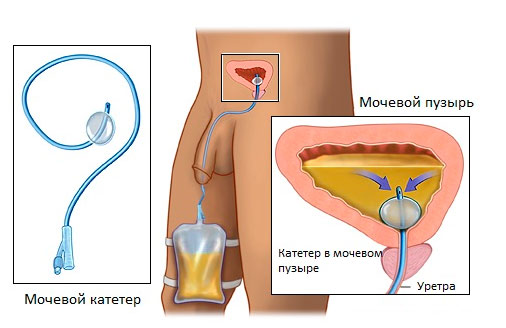
Thus, acute urinary retention is a life-threatening condition. If this happened, it is necessary to immediately consult a specialist doctor to eliminate this situation, and in the future to determine the reasons that caused ishuria.
To do this, it is necessary to pass some laboratory tests, undergo instrumental examinations recommended by the doctor. If the violation of urine excretion was reflex, it is necessary in the future to prevent the occurrence of those situations that caused it. And if this arose as a result of some diseases and pathologies, you need to treat them, you may need surgical treatment. But you should not neglect this, so as not to cause the development of chronic ischuria in the future. These conditions significantly worsen the general condition of a person and the quality of his life. In children, you also need to be careful about urinary disorders, since this can be a symptom of an abnormality in the development of the urinary tract. These pathologies need to be diagnosed in time for timely intervention and elimination of defects, which in turn will lead to the normal functioning of the whole organism.

